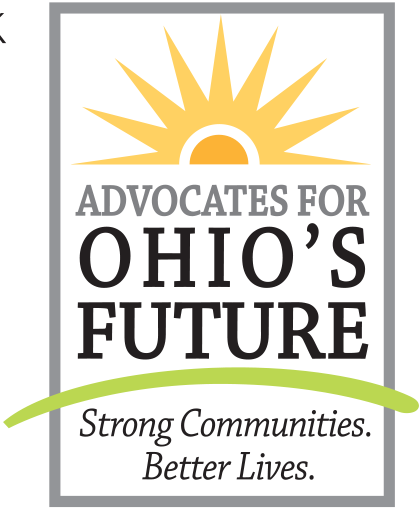The most recent report, released in 2019 using 2017 data, found that 5.5 million seniors, or 7.7% of the senior population, were food insecure in 2017. The rate of food insecurity among seniors is lower in recent years but remains significantly higher than it was in 2007.
Feeding America
Across the United States, millions of people are food
insecure, which means having limited access to enough
nutritious food to live a healthy lifestyle. As of 2017, 7.7% of seniors age 60 and older, or 5.5 million seniors overall, are food insecure. The rate and number of food-insecure seniors is essentially unchanged from 2016. However, the current rate of food insecurity among seniors remains significantly elevated above the rate before the Great Recession (6.3% in 2007), and the current number of
seniors who are food insecure is still more than double the
number in 2001 (2.3 million).
Food insecurity has negative effects for individuals
across the age spectrum. For seniors, these effects can
be particularly problematic given the unique health,
economic, and nutritional challenges that can come with
aging. With the growth of the senior population that has
been projected for the coming decades, senior food
insecurity is likely to remain a personal and public health
challenge in the years to come.
Read the full report here
